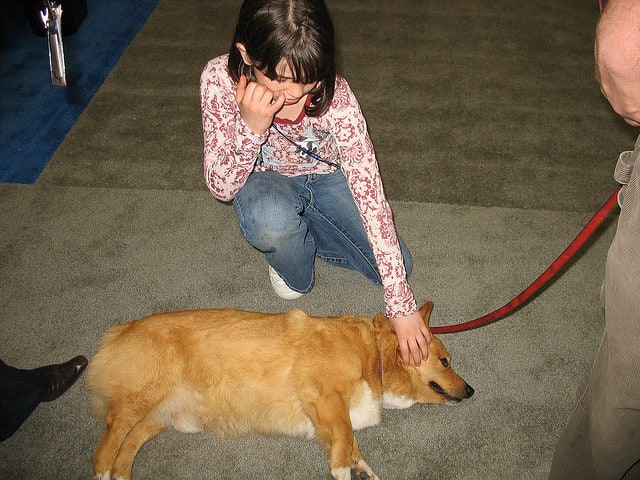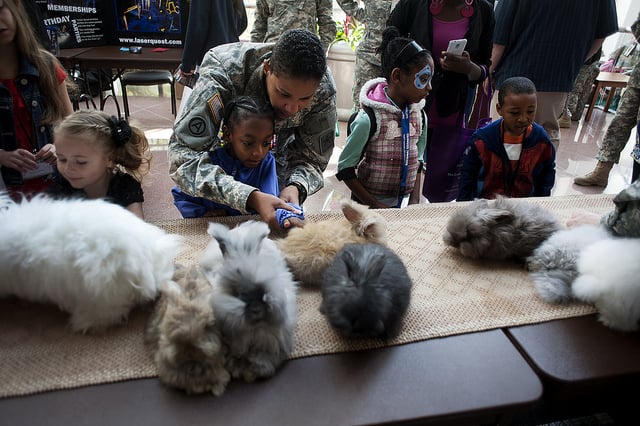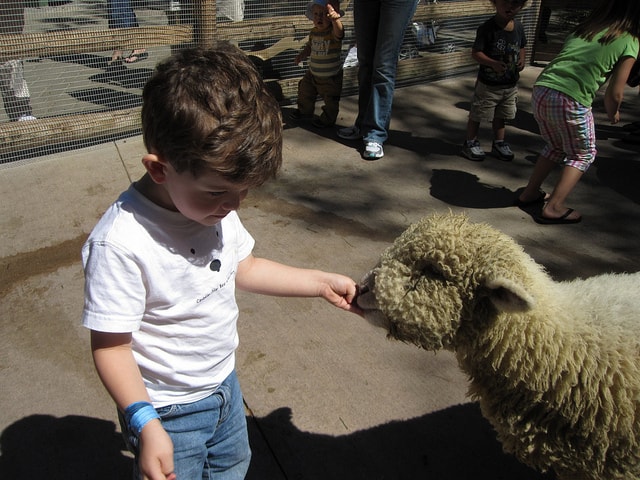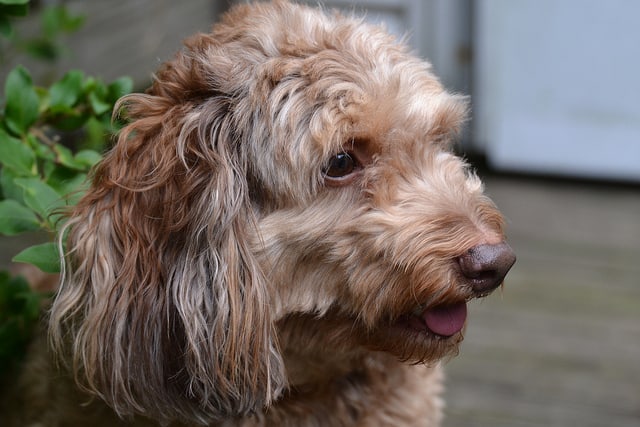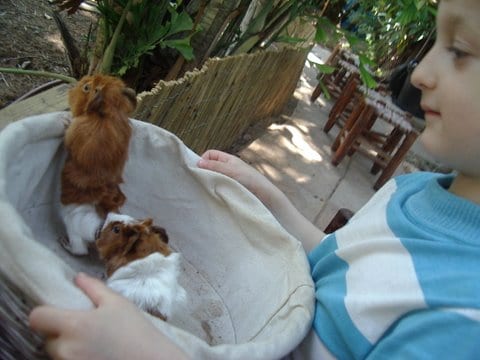Interesting
Pets Assists Child Development
Ask any parent and they will probably remember the first pet that they owned while growing up. They will also probably see the ownership of a pet as a signal of a child beginning to understand the enjoyment that comes from caring for an animal and the responsibility that comes with doing things with a pet to ensure that it is cared for, kept healthy and fun times shared. A pet could be a dog or cat, ferret, rabbit or other animal. The benefits of a pet to a child’s development include an improvement to physical and mental wellbeing, social interaction, cognitive function and emotional wellbeing.
Pets Improve a Child’s Physical Wellbeing
A pet such as a dog encourages a child to run and develop their motor skills. Throwing toys for a dog to fetch or talking a dog for a walk will encourage a child to exercise. With issues of increasing levels of obesity in young people, having an active life from a young age can encourage them to maintain a level of exercise as they grow older that makes them feel healthy. Playing games with a pet dog will encourage your children to get outside and ignore more sedentary living.
Pets Help Children Emotionally Develop
Many parents will testify to the growth in a child’s emotional state with regards to responsibility and self-esteem when their children have a pet to look after. The interaction between children and their pets will be dependent upon the age of the children and how much of their pet care they undertake. The older they are and the more responsibility they are given allow children to understand the role of personal responsibility and pets can encourage learning about care, life, nutrition and at times, also about the role of death and loss.
The age of the child will determine what you can allow them to do with their pets. Do not expect a very young child to be able to do everything for themselves; they will need help and guidance to understand why it is important to do what they are doing. A young child can pour food into a dish. Older children may be able to begin taking their pet dog for a walk, while teenage children will be able to be responsible for all aspects of a pet’s care. It is important that the chores associated with keeping a pet are not overbearing on the child, as you do not want to risk the child resenting owning a pet.
Pets Help Children to Socialise
Children will be more social towards other children when they are engaging with a pet. If your child is particularly introverted, then a pet can encourage them to be more outgoing. As children interact with the pet and other children, new friendships can be forged. Children will enjoy playing outside with their pet. Pets are very accepting of their owners, unlike people who can form views very quickly and treat others differently depending on their likes and dislikes, abilities or disabilities. Children who have social issues can soon develop into a more extroverted individual with the help of a pet and encourage them to see the world differently.
Pets Help With Your Children’s Cognitive
Your children’s cognitive development will be expanded as they become more interested in a particular pet or range of pets. It is important to feed your child’s desire to learn more about their pet or take part in programmes that they can share with their pet. For example, if your child has responsibility for a pet dog, then they should attend training classes so that your child’s cognitive development is expressed through continuous learning opportunities. Encourage children to attend the vet appointments to see other aspects of pet care so that they can see what happens.
It is also possible to use the internet to learn more about a particular pet. A child should always be supervised when using the internet so that they can find out more about what their pet requires to be healthy and content. Some pets have specific needs that need to be compatible with your child’s lifestyle and where you live.
Ensure Your Pets and Children are Safe
It is always advisable to supervise a child when they interact with a pet. This is to ensure that both the pet and child are kept safe and that it is easy to deal with situations before either could be hurt. If your child’s pet is a rabbit or smaller pet that could be easily hurt if mishandled, then it is wise to watch how your child picks up the pet so that it is not hurt by being accidentally dropped or squeezed.
Pets are Special in Children’s Therapy
The bond between us and animals can be seen when pets are used in therapy sessions to comfort those who are ill or recuperating from operations or are perhaps chronically or terminally ill. Pets are easily trusted by children and children can form an unbreakable bond with a pet. Sometimes a child will trust pets before they will trust people.
Children who have suffered abuse can find a relationship involving a pet particularly rewarding to help them cope with their emotional trauma. Other children who are expressing particular poor forms of behaviour can become much different as a result of owning a pet. Children can begin to form trusting relationships and confide in pets that will make it more comfortable for them to trust other people involving in their care and wellbeing.
Pets Need Commitment
Remember that bringing a pet home and introducing them to your family and other pets should not be taken lightly. Think carefully about animal welfare and that the adult members of the household will be those who will be ultimately responsible for housing, feeding and looking after the new pet. Assuming the pet choice has been carefully considered, and then the new addition to the household is likely to be one that will bring much enjoyment to everyone for many years.




